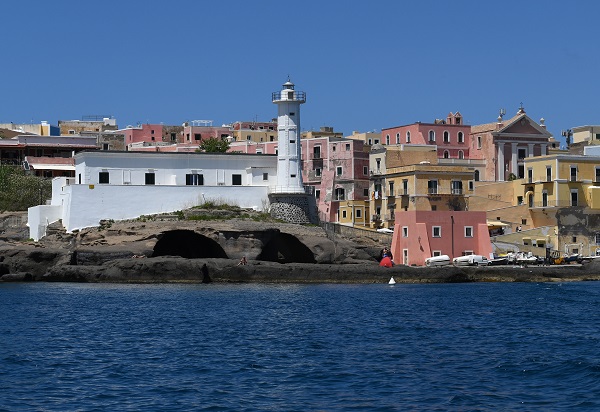Rome, (Samajweekly) Diversifying offers, rediscovering minor locations, and investing in small groups of travellers will be crucial steps for Italy’s tourism sector to recover after the COVID-19 crisis, a survey has reveled.
Carried out between May 22 and June 15, the survey published on Wednesday by the Venice-based International Center for Studies on Tourism Economics (CISET), involved over 130 professionals with managerial roles in the industry, reports Xinhua news agency.
Some 88.72 per cent of those involved are currently employed in the domestic market, and 11.28 abroad.
Tourism is a key industry for Italy’s economy overall, accounting for over 5 per cent of gross domestic product (GDP) and 6 per cent of national employment, according to 2019 data by the Bank of Italy (central bank).
A key assumption at the base of the study was that “tourism has changed its face in a few months due to the coronavirus pandemic, accelerating structural changes that were already in the air”, CISET stated after unveiling the results in an online conference.
Outlining good strategies, and adapting to a changed reality was the only way to secure recovery in the post-COVID-19phase, considering the possible heavy losses.
The survey showed that some 30 per cent of professionals involved expected their annual turnover to decrease by between 50 to 75 per cent in 2020, and another 24 per cent of them feared a loss higher than 75 percent.
A very different scenario had been expected ahead of the pandemic: international tourist arrivals in Italy were in fact expected to rise by 3.1 per cent annually in 2020, according to projections by CISET in early January.
Among the priorities outlined were the need to focus the offer on less crowded and more livable destinations, to try to limit mass tourism flows in order to privilege groups smaller than 50 people, and to sharpen the attention and services offered to customers.
“There are at least two ways to put this strategy into practice,” CISET director Mara Manente told Xinhua.
The first would be enhancing secondary destinations, she explained — small yet attractive places under a historical, artistic or environmental point of view, most of which were still “off the beaten track”.
Boosting secondary destinations was also among the priorities highlighted in the Strategic Plan for Tourism 2017-2022 launched by the Italian government in 2017.
The survey also suggested aspects such as “being flexible with booking, the safety measures implemented, and the actions put in place to monitor and manage visitors during their staying” would become increasingly decisive for businesses to succeed in the post-pandemic holiday planning.
Finally, the survey showed that boosting the presence of high-skilled figures in the market, such as “project managers, performance managers, and cost analysts” would also help Italy’s tourism businesses develop and face new challenges.
In 2019, some 65 million foreign tourists visited Italy, growing by almost 3 million, according to data by the Bank of Italy.
They spent 44.3 billion euros ($49.8 billion), a year-on-year increase of 6.2 per cent.
One of the hardest hit in Europe, Italy has reported a total of 239,410 COVID-19 cases, with 34,644 deaths.










